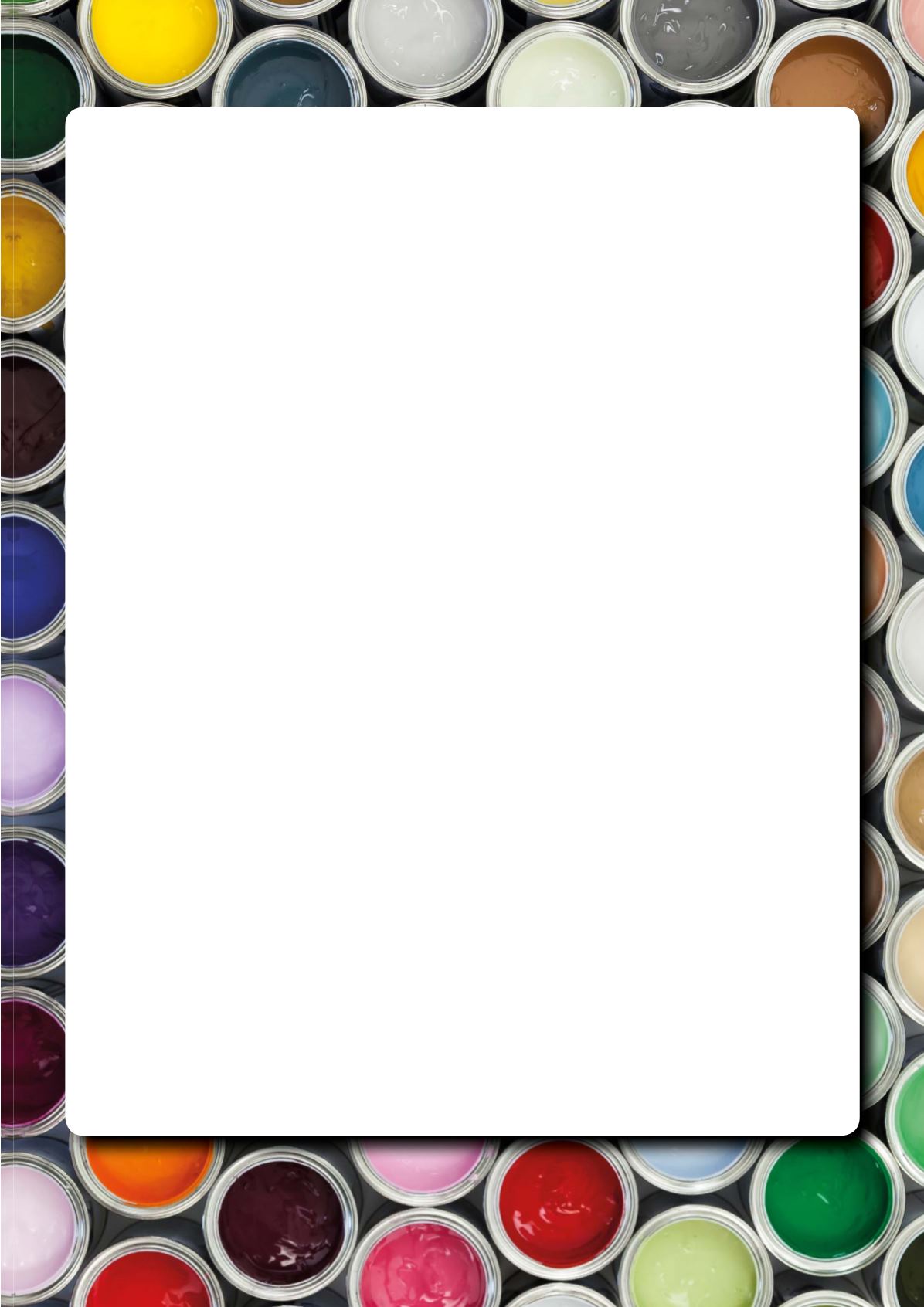
The accuracy of these assessments is commonly
dependent upon the inspector’s previous experience as well
as their familiarity with the different types of structures being
inspected. While class inspections demand a high level of
experience from surveyors, these factors potentially cause
inconsistency during coating inspections.
To overcome the challenges in conventional inspection of
coating condition and advance the use of new technology, ABS
is leading a project to apply AI andmachine learning (ML) in an
image recognition tool designed to aid inspectors in reviewing
data andmaking coating condition assessments.
Phase one of this work was completed in 2019, and has
been followed by a second phase to expand the scope of the
data used to train the AI tool, which should be concluded by
2Q20. Where the pilot phase delivered a reasonably positive
result using only a few hundred images, the need for improved
accuracy saw the use of approximately 10 000 images for
enhanced accuracy.
MLtool development
The ML-based image recognition tool developed by ABS can
automatically analyse input data, identify coating failure areas
and grade the coating condition of the structure. Inspectors can
use these results as references, just like the assessment scales
from coating guidance, to improve the consistency of coating
assessment. The tool can also be utilised during screening
inspection processes, where it can be used as a filter to identify
the critical areas for review purposes.
The ML algorithm/model programutilises images taken
fromdifferent types of maritime and offshore assets and it
can deal with various kinds of structural components, coating
failures, lighting conditions and rust.
The problems to be addressed through the use of the
image recognition tool, such as automatically identifying
coating failures or evaluating the coating failure conditions
in images or videos, can be considered as computer vision
issues. In recent years, numerous applications based on AI/ML
technologies have been widely used to deal with computer
vision issues such as human face recognition, self-driving cars,
medical image analysis and autonomous quality inspection in
manufacturing.
Unlike these applications, which have the task of
discerning the differences between distinct shapes and forms,
the challenge when using AI and ML to assess corrosion on
offshore structures is that the targets in the images have
complex shapes and colour differences.
To achieve the best possible results, applications such
as autonomy and facial recognition use ML algorithms called
convolutional neural networks (CNNs) which exhibit excellent
performance in analysing images and videos. In the ABS study,
appropriate existing CNNmodels were evaluated and the best
model used as the basis of the tool.
Dataquality
Besides model selection, another key action to help improve
the performance of the CNNmodel was to prepare a large
dataset with high quality data, which also needed to be
properly labelled by subject matter experts. The CNNmodels
then used these data in the algorithm training process, applying
the judgement of subject matter experts to learn based on the
labelled patterns and features, known as a supervised learning
approach.
The total database used in this study consists of
approximately 32 000 images, taken fromdifferent types of
marine and offshore structures, most of which are internal
tank structures such as water ballast tanks, cargo tanks and oil
tanks. As different models may need different formats of labels
for training, different labelling processes must be employed.
To conduct the training process, first themodel was trained
and validated using the labelled training dataset, then was
tested by the training dataset (also labelled, but differently from
the training set) to judge the performance of the data. If the test
results were unsatisfactory, either themodel or the training
data was improved until an acceptable performance from the
model was achieved.
Spatial intelligence
Currently the inputs for the image recognition tool are images
where a single image usually presents part of a tank structure.
While it can provide a good assessment for the severity of local
coating failures, ‘spatial intelligence’ of inspectors is still needed
to evaluate the average coating condition of the entire tank.
In addition, due to the limitation of current camera
technologies, images/videos are usually taken and presented
without seeing the broader picture as an inspector will
do onsite.
While panoramic technologymight provide a solution,
it will still cause distortion of the structures such as turning
straight lines to curves or changing the aspect ratios, especially
near the edges of the image/video. This can be improved by
image-stitching or photogrammetry technology, which is the
process of combiningmultiple photographic images with
overlapping fields of view that can produce a complete picture
of large structures or generate a 3Dmodel.
These technologies have already been widely applied in
the remote inspection industry, such as using drones to create
high-resolution images for large construction projects or using
ROVs to build 3Dmodels of mooring chains for corrosion
wastage inspection.
Once the 3Dmodel of the entire tank is created, both the
total coating condition and local coating condition can bemore
easily assessed. Moreover, this model can be further combined
with the structure of a digital twin and condition-based
inspection concepts, where a change in coating conditions can
be recorded andmonitored over time.
|
29








